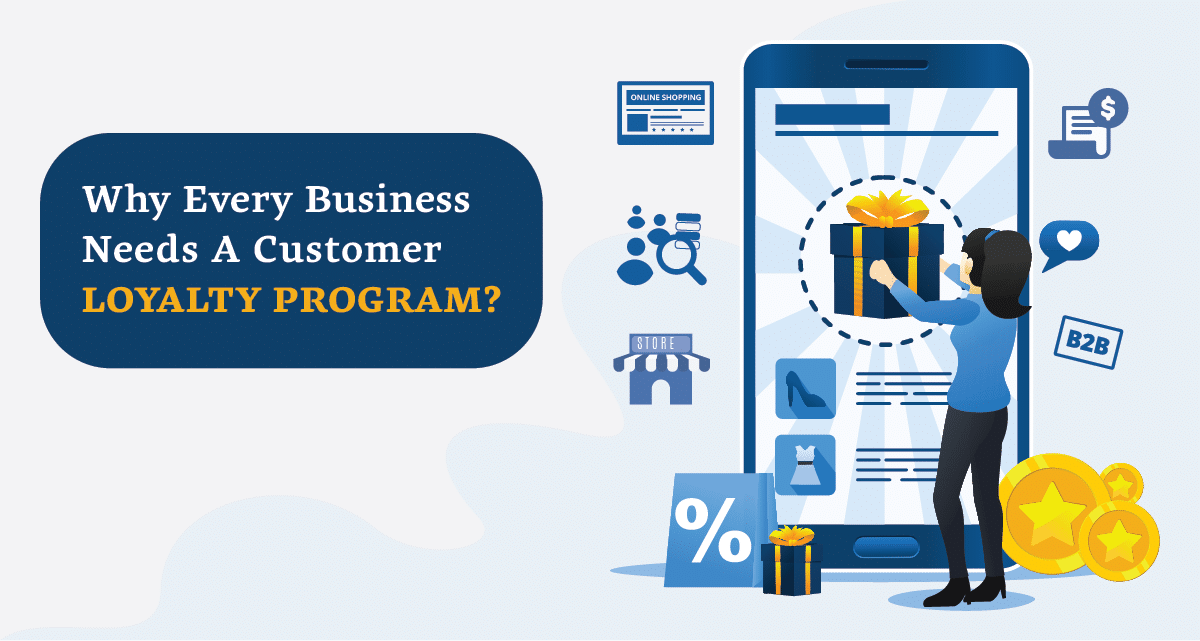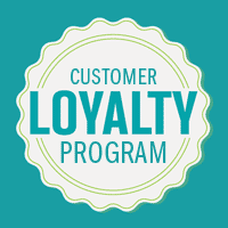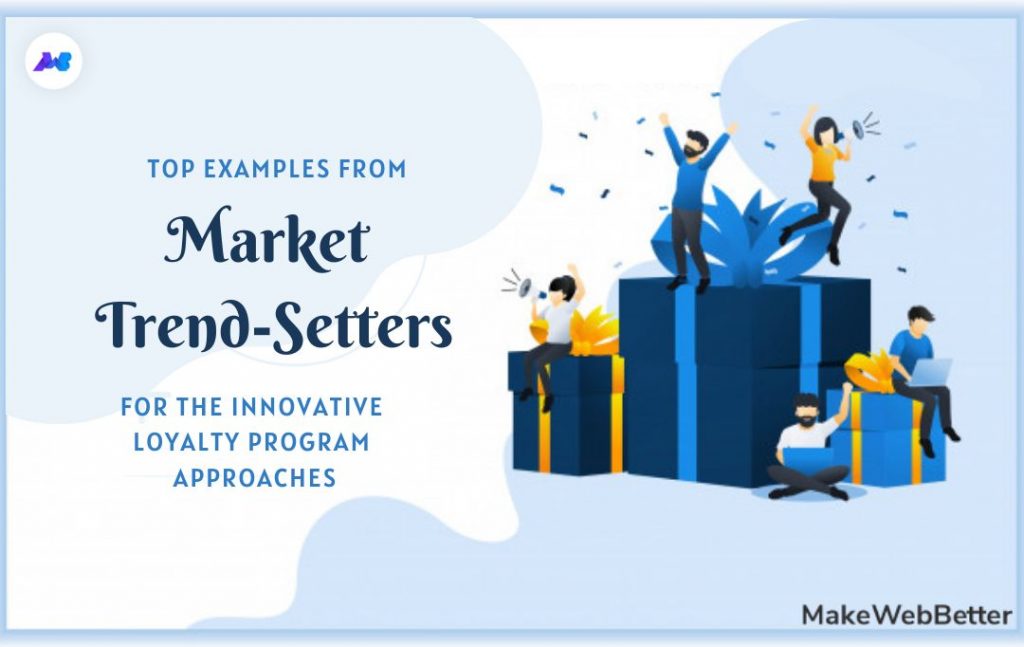All Categories
Featured
Table of Contents
In 7424, Ashlynn Randall and Kaylen Hunt Learned About Agile Workflows

What if you could grow your service without increasing your costs? In fact, what if you could really lower your spending but increase your sales, year after year? Would you do it? If you're a company owner, then you'll likely offer a definite 'yes', a simple answer to an even simpler question.
A rewards program tracks and rewards particular costs behavior by the consumer, offering special benefits to loyal customers who continue to shop with a particular brand. The more that the customer spends in the shop, the more advantages they receive. Over time, this incentive constructs devoted customers out of an existing client base.

Even if you already have a benefit program in place, it's a good idea to dig in and totally understand what makes consumer commitment programs work, as well as how to implement one that costs you little money and time. Don't fret, I'll assist you with that. I'll break down the main advantages of a loyalty program and the finest ways to produce loyal clients.
Let's dig in. Client loyalty is when a client go back to work with your brand over your competitors and is mostly affected by the positive experiences that the consumer has with your brand. The more favorable the experience, the most likely they will go back to patronize you. Consumer loyalty is exceptionally crucial to services because it will assist you grow your organization and sales faster than a simple marketing strategy that focuses on hiring brand-new clients alone.
A couple of methods to determine client commitment include:. NPS tools either send out a brand name performance survey by means of e-mail or ask customers for feedback while they are checking out a company's site. This info can then be utilized to better understand the probability of customer commitment. A repurchase ratio determines the ratio of repeat purchasers versus one-time buyers.
Consumer loyalty index (CLI). The CLI tracks consumer loyalty with time and is similar to an NPS survey. However, it takes into account a few extra factors on top of NPS like upselling and buying. These metrics are then utilized to evaluate brand name commitment. A client commitment program is a marketing technique that rewards consumers who make purchases and engage with the brand name on an ongoing basis.
Client benefits programs are developed to incentivize future purchases. This motivates them to continue doing service with your brand. Customer loyalty programs can be set up in lots of various ways. A popular client commitment program benefits clients through a points system, which can then be spent on future purchases. Another type of consumer loyalty program may reward them with member-exclusive benefits or complimentary gifts, or it may even reward them by donating cash to a charity that you and your clients are mutually enthusiastic about.
In Nutley, NJ, Lina Hester and Drew Vincent Learned About Agile Workflows
By providing benefits to your consumers for being loyal and supportive, you'll develop a relationship with them, deepening their relationship with your brand name and hopefully making it less most likely for them to switch to a rival. You have actually most likely seen customer loyalty programs in your own shopping experience, whether at your favorite coffee shops or your most frequented grocery shops.
However even if everyone is doing it does not suggest that's a good sufficient factor for you to do it too. The much better you understand the advantages of a client rewards program, the more clarity you will have as you create one for your own shop. You won't be sidetracked by exciting benefits and complicated loyalty points systems.
Remember: work smarter, not harder. Consumer retention is the primary advantage of a benefits program that serves as a structure to all of the other advantages. As you supply incentives for your existing consumer base to continue to acquire from your shop, you will supply your shop with a consistent flow of cash month after month.
By growing your retention rate, you can stop investing as much time or money on increasing your total variety of customers. Why is this important? Devoted customers have a greater conversion rate than new clients, indicating they are more likely to make a transaction when they visit your shop than a brand-new client.
By increasing your retention rate by only 5 percent, you can increase your earnings by 25 percent and as much as by 95 percent. Needless to say, your retention rate matters. Secret Takeaway: If you desire to considerably increase your profits, offer rewards for your existing customers to continue to patronize your store.
And you will not have to spend money on marketing to get them there. Customer acquisition (aka bringing in new clients) takes a lot of effort and cash to persuade complete strangers to trust your brand, concerned your shop, and try your products. In the end, any cash earned by this brand-new consumer is eclipsed by all of the cash invested in getting them there.
Secret Takeaway: If you wish to lower costs, focus on customer retention instead of customer acquisition. When you focus on offering a favorable tailored experience for your existing customers, they will naturally inform their loved ones about your brand. And with each subsequent deal, loyal customers will tell much more individuals per deal.
In 11722, Emmett Walters and Dennis Cisneros Learned About Agile Workflows
The best part? Because these brand-new clients originated from relied on sources, they are most likely to turn into loyal clients themselves, spending more usually than new consumers generated by other marketing efforts. The Chase Ultimate Rewards program, for example, uses significant advantages for individuals who take a trip a lot.
The 'ultimate benefits' that Chase cardholders get include 2x points per dollar invested on all travel purchases along with primary rental automobile insurance coverage, no foreign transaction fees, trip cancellation insurance coverage, and purchase defense. For people who travel a lotand have disposable earnings to do sothere is an enormous reward to invest cash through the ultimate benefits program.
This whole procedure makes redeeming rewards something worth bragging about, which is precisely what numerous cardholders wind up doing. And to assist them do it, Chase offers a perk for that too. Key Takeaway: Make it easy for your customers to brag about you and they will get the word out about your purchase free.
Once you get the essentials down, then utilizing a commitment rewards app can help look after the technical information. Here are the steps to get going with developing your consumer commitment program. No consumer desires to purchase items they don't want or require. The exact same opts for your commitment program.
And the only way to tailor an irresistible consumer loyalty program is by totally knowing your consumer base. The finest method to do this? By implementing these techniques: Develop consumer contact information any place possible. Ensure your organization is continuously building a detailed contact list that permits you to access existing consumers as often and as quickly as possible.

Track client habits. Know what your customers desire and when they want it. In doing so, you can expect their wants and needs and supply them with a loyalty program that will satisfy them. Classify consumer individual traits and preferences. Take a multi-faceted technique, don't restrict your commitment program to just one avenue of success.
Motivate social media engagement. Frame methods to engage with your customers and target market on social media. They will quickly offer you with extremely informative feedback on your items and services, enabling you to better understand what they get out of your brand name. When you have exercised who your consumers are and why they are doing organization with your brand name, it's time to decide which kind of loyalty rewards program will encourage them to stay devoted to you.
In 98607, Davion Mendez and Jerimiah Stuart Learned About Online Sales
Nevertheless, the most typical consumer commitment programs centralize around these primary concepts: The points program. This kind of program concentrates on gratifying consumers for each purchase they make with points in a point system. These points can then either be utilized on future purchases or put towards some kind of benefit.
The paid program. This kind of program needs clients to pay a one-time or yearly fee to join your VIP list. Loyalty members who belong to this list have the ability to gain access to distinct rewards or member-exclusive benefits. The charity program. This kind of program is a little bit different than the others.
This is accomplished by encouraging them to do company with the brand and, in return, their loyalty will be rewarded with a contribution to a charity. The tier program. This type of program focuses on increasing levels of brand commitment. The more devoted a consumer is to a brand name, the greater tier they will reach and the much better the rewards they will get.
This type of program is just as it sounds, where one brand name partners with another brand to supply their collective audiences with special member discounts or deals that they can redeem while working with either brand name. The community program. This type of program incentivizes brand commitment by providing its members with access to a similar community of individuals.
This kind of program is relatively comparable to paid programs, nevertheless, the membership cost occurs regularly instead of a one-time payment. Next, pick which client interactions you wish to reward. Base these rewards around which interactions benefit your service one of the most. For instance, to help your service out, you can provide action-based rewards like these: Reward clients more when working with your brand throughout a sluggish period of the year or on an infamously slow day of service.
Reward clients for engaging with your brand name on social networks. Incentivize certain items you are trying to move quickly. Incentivize purchases that are over a particular dollar quantity. The concept is to make your customer commitment program as easy as possible for your customers to utilize. If your customer loyalty program isn't staff friendly, isn't simple to track, is too expensive to run, or isn't simple for your clients to utilize or understand, then staff and customers alike probably won't benefit from it.
To eliminate these barriers to entry, consider integrating a customer commitment software application that will assist you continue top of all of these aspects of your program. Some quality consumer program software application include:. CandyBar is a digital punch card program. It works by tracking your consumer's purchases through an app on a computer, phone, or tablet.
In Addison, IL, Kennedi Mcmahon and Derrick Logan Learned About Emotional Response
Commitment members can then examine their rewards by means of text and entrepreneur can use the program to call their consumers. Yotpo. Yotpo is a cloud-based client commitment platform specifically for eCommerce services. This software is especially proficient at collecting every type of user-generated content, helpful for tailoring a better consumer experience.
Loopy Commitment is an useful consumer loyalty software for businesses that mainly use Google Wallet or Apple Pay as their payment platforms. The software creates a digital loyalty card that sends out push notices to their consumers' phones when they remain in close proximity to their brick and mortar shop. As soon as you have actually taken the time to choose which customer commitment methods you are going to implement, it's time to start promoting and signing up your first loyalty members.
Usage in-store ads, incorporate call-to-actions on your site, send out promos via e-mail newsletters, or upload advertising posts on social networks to get your consumers to sign up with. It is essential to comprehend the primary advantages of a customer rewards program so that you can create an individualized experience for both you and your client.
Think about it. You know what type of items your clients like to buy but do you know what brings them back, day after day, week after week? What makes them select your store over the store throughout the street? What makes them your consumer and not the consumer of your greatest rival? Surprisingly, the answers to these concerns do not boil down to discount rate costs or quality products.
Table of Contents
Latest Posts
In Chesterfield, VA, Anderson Good and Natalya Barajas Learned About Positive Reviews
In 33510, Jaylynn Holland and Angelina Mcdaniel Learned About Linkedin Learning
In Grand Forks, ND, Ryleigh Steele and Daniela Craig Learned About Customer Loyalty Program
More
Latest Posts
In Chesterfield, VA, Anderson Good and Natalya Barajas Learned About Positive Reviews
In 33510, Jaylynn Holland and Angelina Mcdaniel Learned About Linkedin Learning
In Grand Forks, ND, Ryleigh Steele and Daniela Craig Learned About Customer Loyalty Program